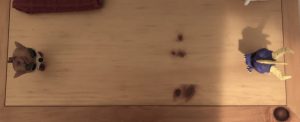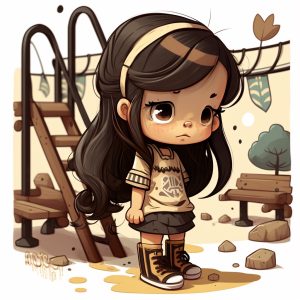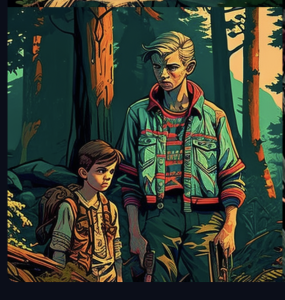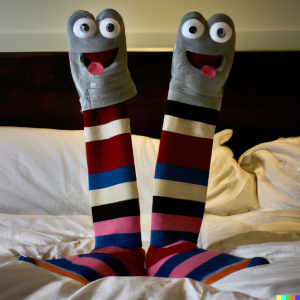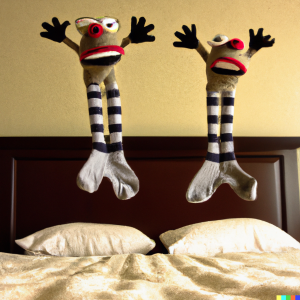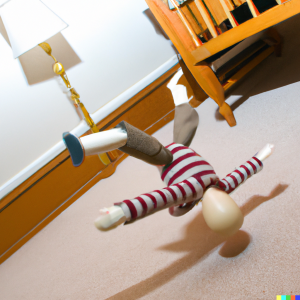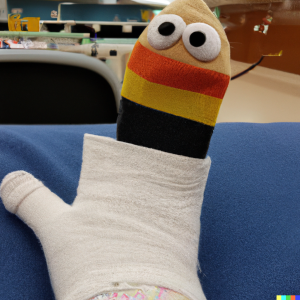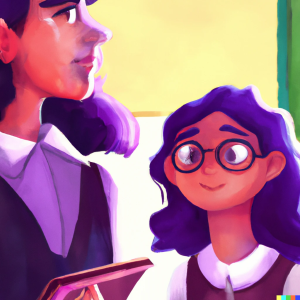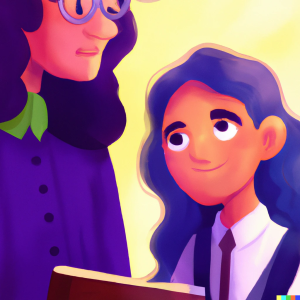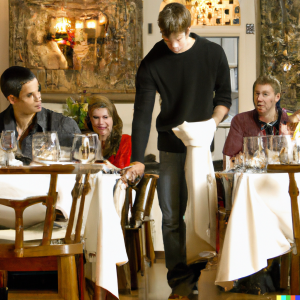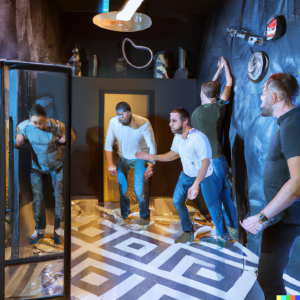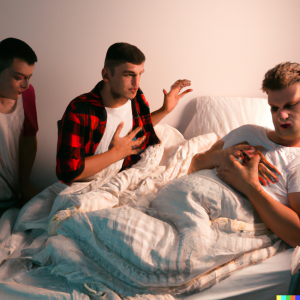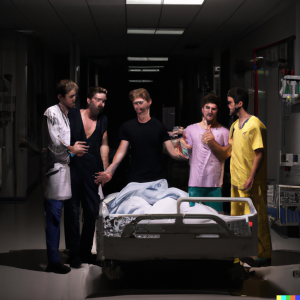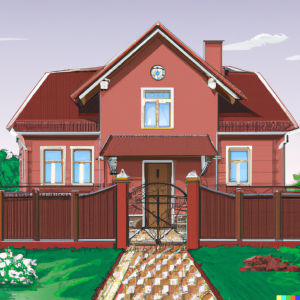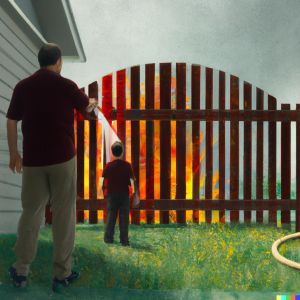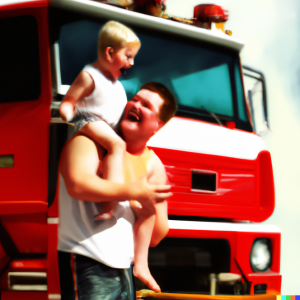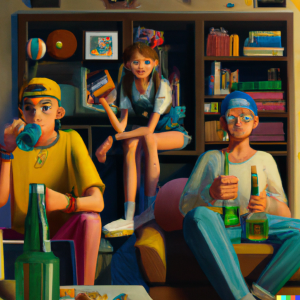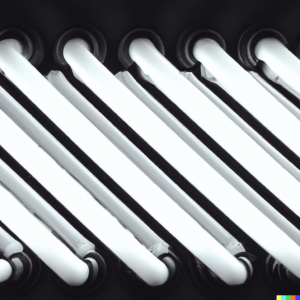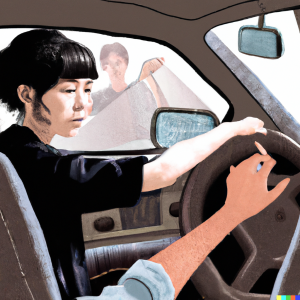This is a story of someone being afraid of being alone when it’s dark outside. The character is trying to get to her car as fast as possible to feel safe when turning on her car lights. I decided to not include images of the character arriving safe to the car so that the viewers can interpret any possible endings. Did she arrive safely? Was she being followed by someone or something? Is this character not making it to safety?
I decided to take some of the photos while moving fast so that I could get a sense of movement and rush from the character. The transition I used for this story is action-to-action, following how the character is walking out of a building and proceeds to fast walk (or run) to get to her car. And at the end it feels like a subject-to-subject transition because I’m letting the viewer create a posible situation and ending for the girl that is alone out in the dark.







